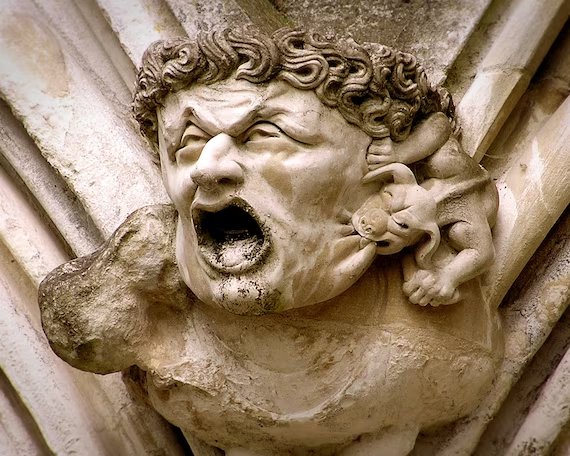The Ghost of Oiwa
The Ghost of Oiwa by Katsushika Hokusai: A Ukiyo-e Masterpiece
An iconic work by Katsushika Hokusai, it embodies the essence of ukiyo-e, the traditional Japanese art. Created in 1831, this masterpiece is part of the series “Thirty-six Views of Mount Fuji” and represents one of the most enigmatic and spectral figures in Japanese art history.
The Story of Oiwa
Oiwa is the protagonist of a tragic tale from Japanese folklore. Betrayed by her husband Iemon, who poisons her causing her death and distorts her face, Oiwa returns as a vengeful spirit. The artwork captures the moment when Oiwa’s ghost manifests, conveying a sense of unease and anguish.
Hokusai’s Ukiyo-e Style
Hokusai, a master of ukiyo-e, uses woodblock printing to create extraordinary details in the lines and contrasts of light and shadow. His ability to express emotions through lines gives the artwork an intense and dramatic atmosphere.
Iconic Interpretations
The Ghost of Oiwa has become an icon of Japanese horror, inspiring numerous representations and adaptations. The spectral figure of Oiwa, with her distorted face and piercing eyes, remains etched in the minds of viewers.
In Conclusion
The Ghost of Oiwa by Katsushika Hokusai is not just a work of art but a powerful symbol of tragedy and revenge. Through Hokusai’s technical mastery, the artwork continues to captivate the imagination of those who delve into the fascinating world of Japanese ukiyo-e.







